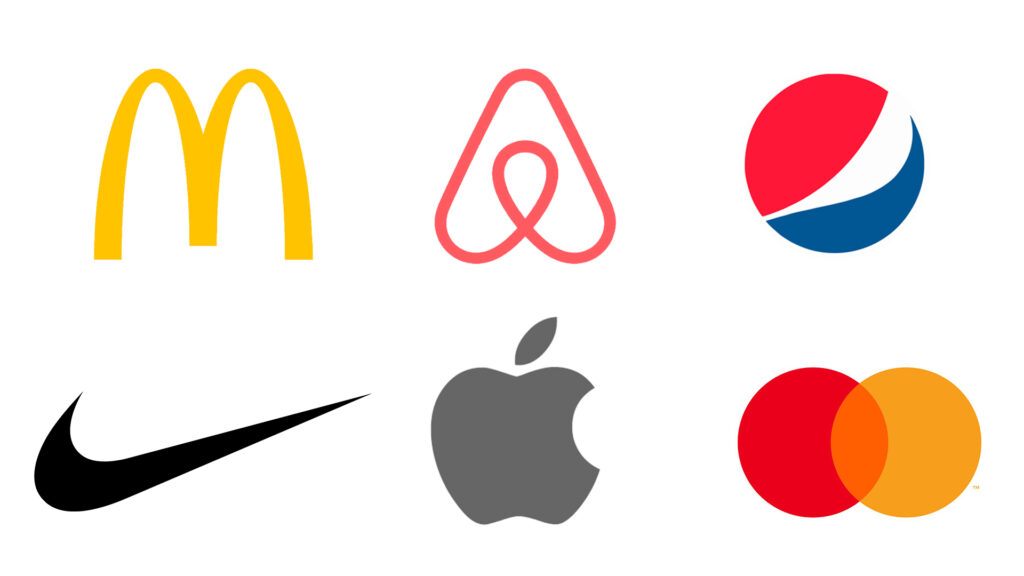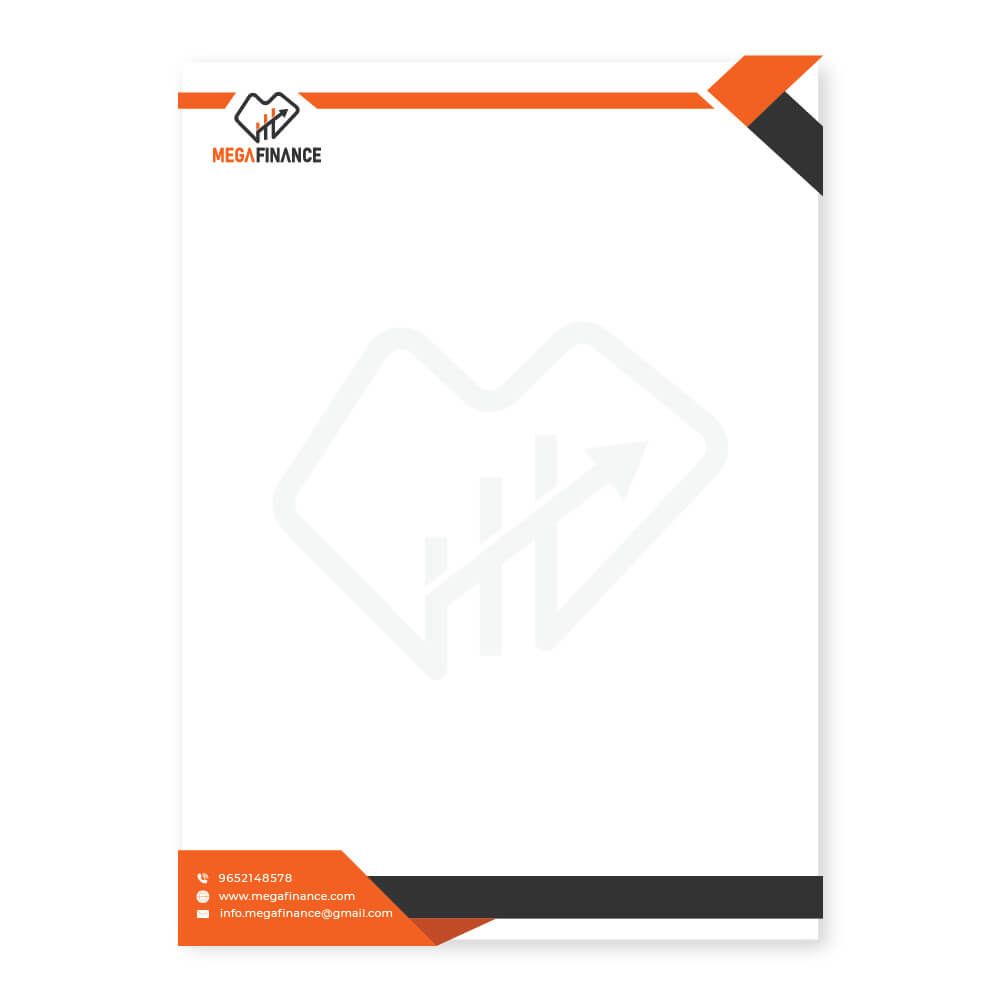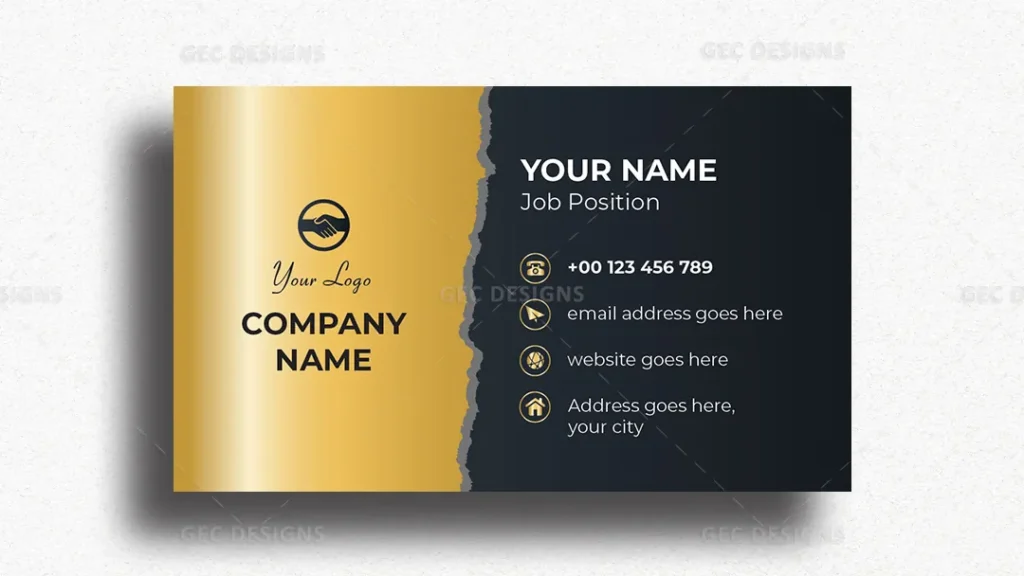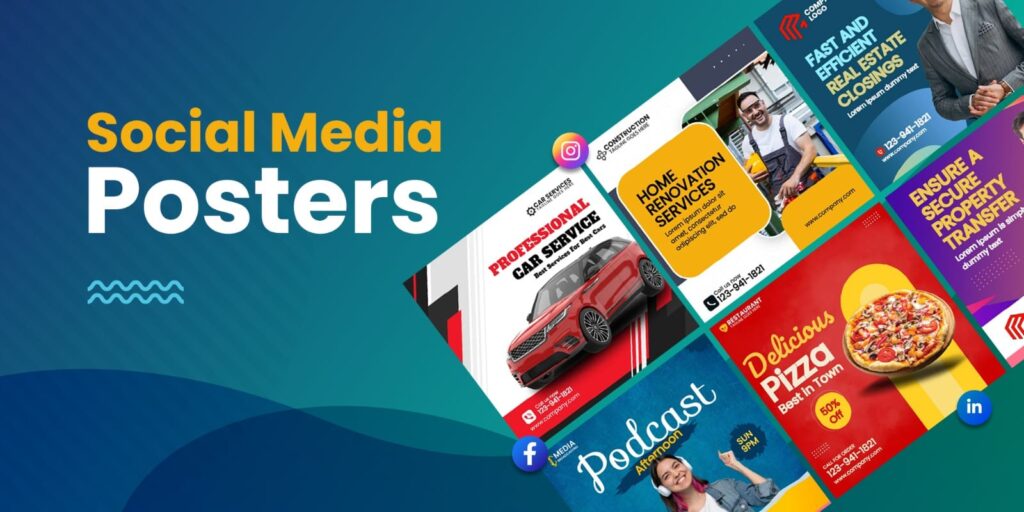Logo Design
What is Logo Design?
Logo design is the art and process of creating a visual symbol or mark that represents a brand, company, product, or service. It is a crucial element of branding and serves as the first point of contact between a business and its audience. A well-designed logo reflects the identity, values, and purpose of the brand, helping to create a lasting impression.Social Media Marketing
Logo design is a critical part of building a brand’s identity. It requires creativity, research, and an understanding of the brand’s goals and audience. Whether you’re a small business owner or a seasoned designer, creating a memorable and effective logo will play a major role in establishing your brand in the marketplace.

Logo design is a vital component of branding, serving as the visual cornerstone that identifies and promotes a company, product, or entity through a unique and memorable graphic mark or symbol. It encompasses various types, such as wordmarks (e.g., Coca-Cola), lettermarks (e.g., IBM), brandmarks (e.g., Nike’s swoosh), combination marks (e.g., Adidas), emblems (e.g., Starbucks), abstract marks (e.g., Pepsi’s globe), and mascots (e.g., KFC’s Colonel Sanders), each suited to different brand identities and purposes.
A successful logo hinges on key principles: simplicity for easy recognition, memorability for lasting impact, relevance to the brand’s values and audience, versatility across sizes and mediums, and timelessness to avoid dating quickly. Color psychology plays a significant role—red evokes passion, blue conveys trust, green suggests growth—while typography, whether serif (traditional), sans-serif (modern), or script (elegant), reinforces personality.
The design process begins with research into the brand’s mission, audience, and competitors, followed by brainstorming and sketching concepts, then digitizing and refining them using tools like Adobe Illustrator or beginner-friendly platforms like Canva. Designers must ensure scalability, test variations, and incorporate feedback before finalizing the logo in formats like vector (AI, EPS) and raster (PNG, JPG), often accompanied by a style guide.Common pitfalls to avoid include overcomplication, trend-chasing, poor scalability, clashing colors, and copying competitors, which can lead to legal issues.
As of 2025, trends like minimalism, dynamic logos for digital adaptability, retro aesthetics, gradients, and sustainability-inspired designs are prominent, though timelessness remains paramount. Legally, logos should be original, trademarked for protection, and free of unlicensed elements. Iconic examples—Apple’s sleek apple, Nike’s dynamic swoosh, FedEx’s clever hidden arrow, and Amazon’s versatile A-to-Z smile—demonstrate how effective logos create instant recognition and loyalty.
Costs vary widely, from free DIY options to $50-$500 for crowdsourcing, $100-$1,000 for freelancers, or $1,000-$10,000+ for agencies, reflecting the investment in a brand’s first impression and market differentiation.
Letter head design

What is Letter Head Design?
Letterhead design is an essential aspect of professional communication, serving as a branded template for official correspondence such as letters, invoices, or memos. It typically appears at the top of a page (and sometimes in the footer or margins) and integrates a company’s logo, contact information, and visual identity into a cohesive, functional layout. Below is a detailed exploration of letterhead design in paragraph form.
A well-crafted letterhead reinforces a brand’s professionalism and consistency, acting as a visual handshake that conveys credibility and attention to detail. At its core, it includes key elements: the company logo, which anchors the design and ties it to the brand; the business name, often in a prominent font aligned with the logo’s style; and essential contact details—such as address, phone number, email, and website—presented clearly for accessibility.
Additional components may include a tagline or slogan, secondary branding elements (e.g., a watermark or subtle pattern), and legal information like a registration number for formal entities. The design must balance aesthetics with practicality, adhering to principles like simplicity to avoid clutter, readability for all text (using legible fonts like Arial, Times New Roman, or Helvetica), and alignment with the brand’s identity—whether sleek and modern or classic and authoritative. Color schemes typically draw from the logo, employing one or two primary hues with accents, while leaving ample white space for the letter’s content.Social Media Marketing
Layout-wise, the header often spans the top 1-2 inches of an 8.5×11-inch page (standard U.S. letter size) or A4 (international), with footer details like disclaimers or social media icons kept minimal. Designers must ensure versatility, as the letterhead should print cleanly in both color and grayscale, and function digitally in formats like PDF or Word templates for email or e-signatures.
The process mirrors logo design: research the brand, sketch layouts, digitize using tools like Adobe InDesign, Illustrator, or Microsoft Word, refine spacing and proportions, and test for usability before finalizing in editable and print-ready files (e.g., PDF, DOCX). Common mistakes to avoid include overcrowding the design, using overly decorative fonts that hinder legibility, or neglecting margins, which can clash with printers or content.
Trends in 2025 lean toward minimalist designs with bold typography, eco-friendly cues (e.g., “printed on recycled paper” notes), and QR codes linking to digital profiles, though functionality remains king. Legally, ensure the design complies with local business communication regulations (e.g., including tax IDs where required). Costs range from free DIY efforts using Canva or Word, $50-$200 for freelance work, to $500+ for agency designs tied to broader branding packages.
Iconic letterheads—like those of Apple with clean lines or law firms with ornate crests—show how this small canvas can leave a big impression, making it a worthy investment for any professional entity.
Visiting Card Design

What is Visiting Card Design?
Visiting card design, often referred to as business card design, is a compact yet powerful tool for personal and professional networking, encapsulating an individual’s or company’s identity in a small, tangible format. Typically measuring 3.5 x 2 inches (standard U.S. size) or 85 x 55 mm (ISO standard), a visiting card serves as a portable introduction, blending functionality with branding to leave a lasting impression. Here’s a detailed overview in paragraph form.
A well-designed visiting card is both a practical resource and a reflection of its owner’s persona or business ethos, combining essential information with visual appeal. Social Media Marketing
Core elements include the individual’s name (often bolded for emphasis), job title, company name, and logo, alongside contact details such as phone number, email, website, and physical address—though modern designs may prioritize digital touchpoints like social media handles or a QR code. The layout must be concise yet uncluttered, using legible fonts (e.g., sans-serif options like Helvetica or serif classics like Garamond) sized between 8-12 points for readability.
Design principles mirror those of logos and letterheads: simplicity ensures clarity, relevance ties the card to its industry (e.g., creative fields might use bold colors, while law firms opt for understated elegance), and versatility ensures it works in print and digital scans. Color schemes often align with the brand—monochrome for sophistication, vibrant hues for creativity—while textures like embossing, foil stamping, or matte finishes add tactile appeal.
Orientation can be horizontal or vertical, with double-sided designs maximizing space (e.g., front for branding, back for details). The process starts with understanding the card’s purpose and audience, followed by sketching layouts, digitizing in tools like Adobe Illustrator, Canva, or Photoshop, and refining through feedback—testing for print quality and legibility at small scale is key. Common pitfalls include overcrowding with too much text, using low-contrast colors (e.g., light gray on white), or omitting bleed areas, which can lead to cut-off edges in printing.
As of 2025, trends favor minimalist designs, eco-friendly materials (e.g., recycled paper or bamboo), rounded corners, and tech integrations like NFC chips for instant contact sharing. Legally, ensure accuracy in titles and trademarks, avoiding copyrighted elements without permission. Costs vary: DIY options are free to $20 via platforms like Vistaprint, freelance designs range from $30-$150, and premium bespoke cards from agencies can hit $200+, especially with specialty finishes.
Iconic examples—like a sleek black card with gold foil for a luxury brand or a playful, illustrated card for a freelancer—demonstrate how this tiny canvas can convey professionalism, creativity, or authority. A visiting card’s small size belies its big role in networking, making it a critical asset for first impressions. If you’d like me to analyze a specific card or assist with designing one (with image confirmation), just let me know! Social Media Marketing
Social media poster design

What is Social Media Poster Design?
Social media poster design is a dynamic and strategic process that blends creativity with marketing goals to craft visually compelling graphics tailored for platforms like Instagram, Facebook, Twitter, LinkedIn, and more. These posters, often sized to platform-specific dimensions (e.g., 1080 x 1080 px for Instagram squares, 1200 x 628 px for Facebook posts), aim to grab attention, convey messages quickly, and drive engagement in a fast-scrolling digital environment. Here’s a comprehensive look at social media poster design in paragraph form. A successful social media poster is a fusion of striking visuals and purposeful branding, designed to stand out amidst the noise of online Social Media Marketing
feeds while aligning with a brand’s identity and objectives—be it promoting a product, sharing an event, or building awareness. Key elements include a focal visual (e.g., a high-quality image, illustration, or product photo), concise text (headlines, calls-to-action, or taglines) in bold, readable fonts (e.g., sans-serif like Montserrat or playful scripts for casual vibes), and brand markers like logos, colors, and typography consistent with the company’s style.
The design must prioritize hierarchy—eye-catching visuals draw viewers in, while text guides them to the message—using contrast (e.g., white text on dark backgrounds), alignment, and negative space to avoid clutter. Platform versatility is crucial, as aspect ratios and display rules differ: Instagram favors squares or 4:5 verticals, Twitter thrives on 16:9 landscapes, and Stories demand 9:16 full-screen verticals. The process begins with defining the goal (e.g., sales, likes, shares), researching the target audience, and sketching concepts, then moves to tools like Canva, Adobe Photoshop, or Figma for creation, with iterative testing for mobile clarity and impact.
Colors play a psychological role—red for urgency, blue for trust—while trends in 2025 lean toward bold gradients, minimalist layouts, retro aesthetics, and motion graphics (e.g., animated GIFs or short videos). Designers must avoid pitfalls like overloading with text (keep it under 20% of the image to comply with ad rules on some platforms), using low-resolution visuals, or ignoring accessibility (e.g., insufficient contrast for readability).
Legal considerations include securing rights for images/fonts and adhering to platform guidelines, like avoiding misleading claims. Costs range from free DIY efforts on Canva, $50-$200 for freelance work, to $300+ for agency-crafted campaigns. Iconic posters—like Nike’s sleek motivational ads or a small business’s vibrant sale announcement—show how these designs can spark engagement, with metrics like clicks or shares proving their worth. Their power lies in brevity and impact, making them indispensable for digital storytelling.
